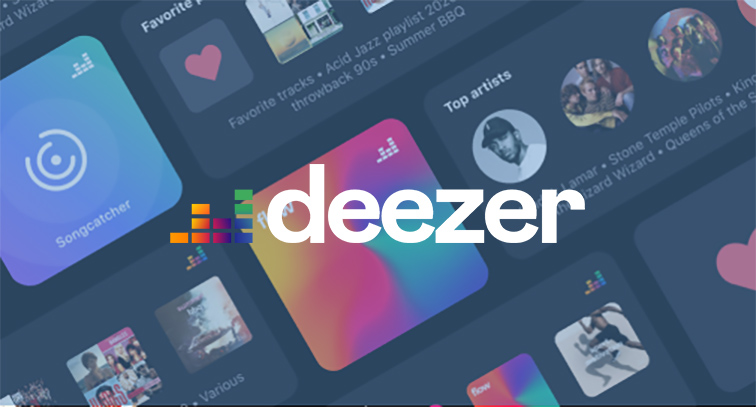How to optimize Deezer’s website page loading to improve UX and Google ranking?
1. Meeting Google’s loading time requirements: the challenge faced by Deezer
Since June 2021, user experience on mobile has become one of the ranking factors in SEO for Google. It is measured at page level by three KPIs named Core Web Vitals.
These are:
- visual loading time (LCP – Largest Contentful Paint),
- interactivity latency (FID – First Contentful Paint),
- visual stability (CLS – Cumulative Layout Shift).
With its 56 million annual mobile visits and its competitive SEO environment, Deezer had to meet the requirements of search engines and Internet users. The number of pages considered as slow by Google exceeded 600,000, which (considerably) affects its positioning.
2. The approach proposed by Artefact for Deezer
Two major metrics have been improved:
- Largest Contentful Paint – by loading the main image from catalog pages (artist or album photo) before other page resources below the fold
- Cumulative Layout Shift – by reserving the required space for images to load, keeping them from pushing down other elements during loading
3. What were the results for Deezer’s SEO?
- 63% of users benefit from an Largest Contentful Paint under 2500ms vs 52% in august 2021
- 99% of visitors are not exposed to any Cumulative Layout Shift and have a quality user experience vs 74% in August 2021
- Disappearance of slow pages on the site (Largest Contentful Paint >4s and Cumulative Layout Shift >0.25) vs 600K in April 2022
- 78% of pages are considered fast by Google (Largest Contentful Paint <2,5s et Cumulative Layout Shift <0,1) vs 1,3% in April 2022
4. Next steps to be taken:
General improvement of mobile user experience will be a specific project in the upcoming global revamp of Deezer’s catalog pages.
It wants to deepen and improve the user experience on mobile.

 CLIENT CASES
CLIENT CASES





